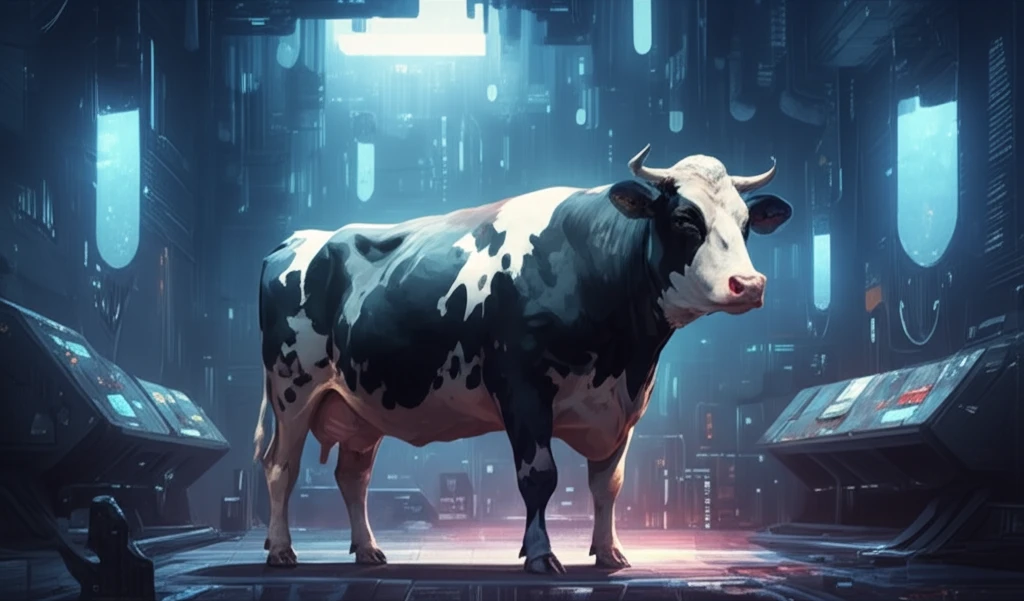
Maximizing Bull Fertility: A Comprehensive Guide to Semen Quality and Production
"Unlock the secrets to optimizing fresh and frozen semen in Holstein bulls, enhancing dairy productivity through superior reproductive management."
In the competitive world of dairy farming, maximizing productivity is crucial for success. One of the most effective strategies for achieving this is through artificial insemination (AI), a method that allows farmers to improve the genetic makeup and reproductive efficiency of their herds. Central to the success of AI is the quality of semen, particularly from Holstein bulls, which are widely used for their superior milk production traits.
Artificial Insemination (AI) centers play a pivotal role in ensuring the availability of high-quality frozen semen. These centers are tasked with optimizing the semen production of their bulls, a process influenced by various factors, including the bull's age and individual characteristics. Understanding these factors is essential for AI centers to refine their management practices and enhance semen production.
Recent research from Indonesia sheds light on the impact of age and individual bull variations on fresh semen quality and frozen semen production in Holstein bulls. This research provides valuable insights that can help AI centers and dairy farmers make informed decisions about bull management and semen production strategies, ultimately leading to improved reproductive outcomes and increased dairy productivity.
Key Factors Influencing Semen Quality and Production

A study conducted at Lembang and Singosari AI Centers in Indonesia examined data from 81 Holstein bulls over a period of eight years (2008-2016) to determine how age and individual bull characteristics affect semen quality. The researchers analyzed 24,634 data points, focusing on several key variables:
- Semen Volume: Semen volume generally increased with the bull's age, peaking around seven years old.
- Sperm Concentration: Sperm concentration tended to decrease after the bull reached three years of age.
- Frozen Semen Production: Mass movement and motility showed consistent relative values between three and nine years of age.
- Optimal Production Age: Bulls generally produced the best frozen semen between three and nine years old.
Practical Implications for AI Centers and Dairy Farmers
The insights gained from this research have significant practical implications for AI centers and dairy farmers. By understanding the optimal age range for semen production and the impact of individual bull characteristics, AI centers can refine their bull management strategies to maximize semen quality and production efficiency. This, in turn, can lead to improved reproductive outcomes for dairy farmers and increased overall productivity. Dairy farmers can leverage this information by selecting semen from bulls within the optimal age range and with proven semen quality, enhancing the likelihood of successful artificial insemination and improved herd genetics.
